Kudos to our Astronauts for being daredevils; all thanks to NASA.

Space exploration has gifted us more than just moon landings and Mars rovers. Many everyday items we now take for granted were born from the challenges of exploring the cosmos. Here are 10 such innovations that have seamlessly integrated into our daily lives, all thanks to the quest beyond our planet.
1. Cordless Tools
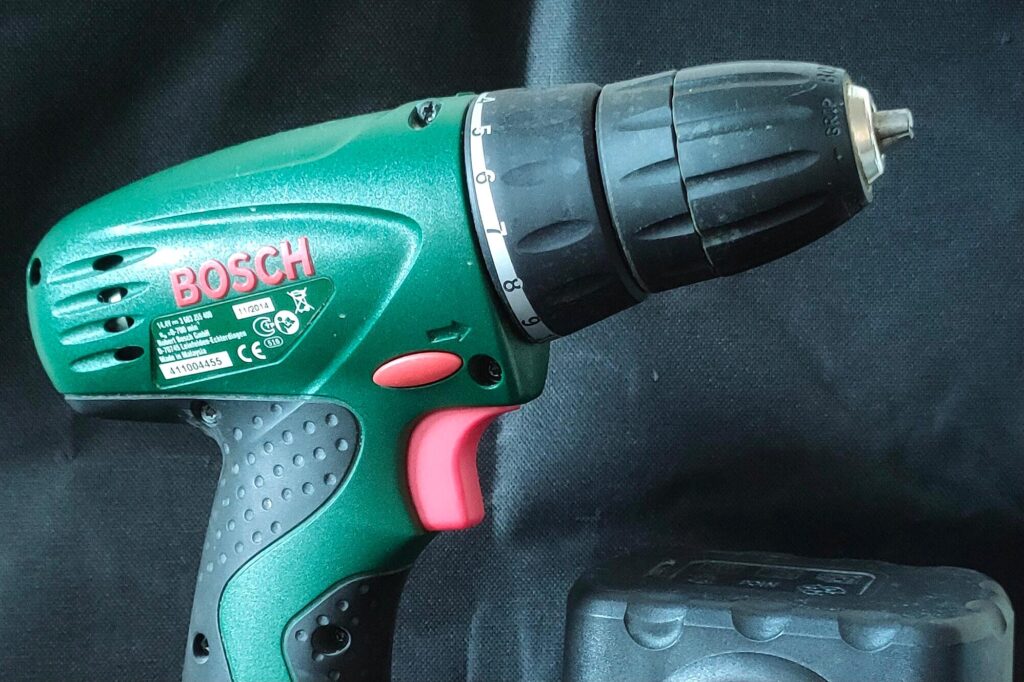
Space exploration significantly contributed to the invention of cordless tools through advancements in battery technology. NASA’s need for portable power sources in the 1960s and 1970s led to the development of nickel-cadmium (Ni-Cd) batteries, which were more efficient and reliable. These batteries were later adapted for use in consumer products, including cordless power tools by Black & Decker in 1961, powered by a rechargeable Ni-Cd battery. This innovation paved the way for modern cordless tools used across various industries. Source: slashgear.com
2. Memory Foam

Space exploration also contributed to the origination of memory foam through NASA’s development of temperature-sensitive, and pressure-relieving foam cushioning, known as “Temper Foam,” in the 1960s. Contracted to improve the safety of aircraft seats, NASA’s Ames Research Center created this foam to better absorb shock and distribute pressure. Later, in the 1970s and 1980s, this technology was adapted for commercial use by NASA partner companies, leading to the development of memory foam, widely used in mattresses, pillows, and other products for its pressure-relieving properties.
3. Scratch-Resistant Lenses
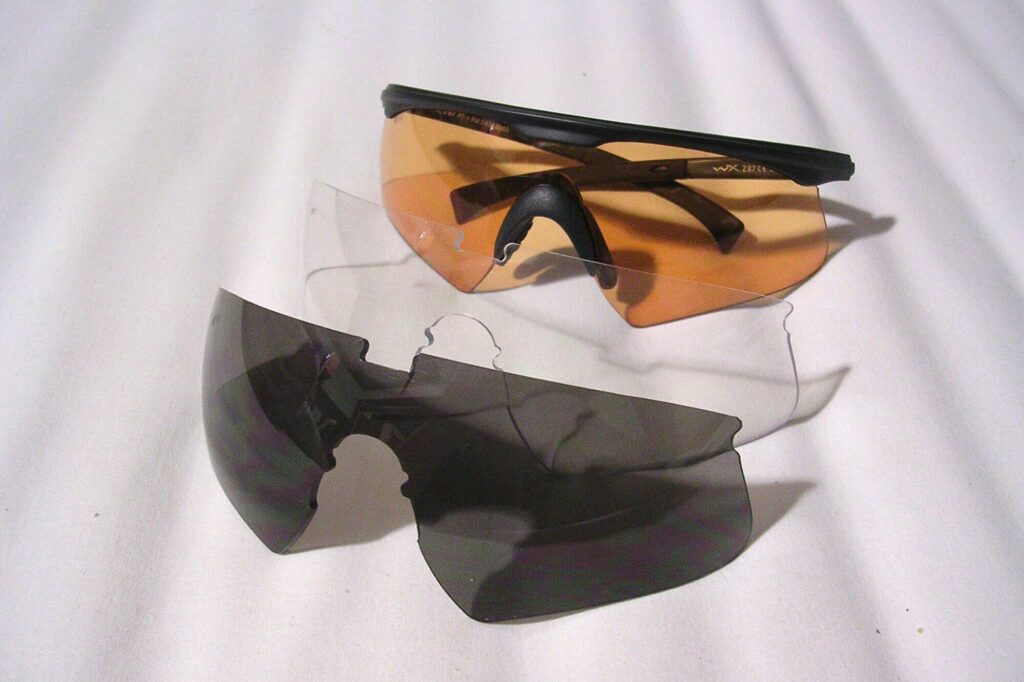
Space exploration also pioneered the origination of scratch-resistant lenses through NASA’s development of a thin-film coating technology. In the 1970s and 1980s, NASA researchers worked on applying durable coatings to plastics and other materials for use in space suits, equipment, and spacecraft. This technology was later adapted and commercialized by companies like Foster-Grant, leading to the development of scratch-resistant coatings for eyeglasses. These coatings, often made from materials like polycarbonate or polyurethane, significantly improved the durability and scratch resistance of lenses, making them a standard feature in many modern eyewear products. Source: scoopwhoop.com
4. Water Purification Systems
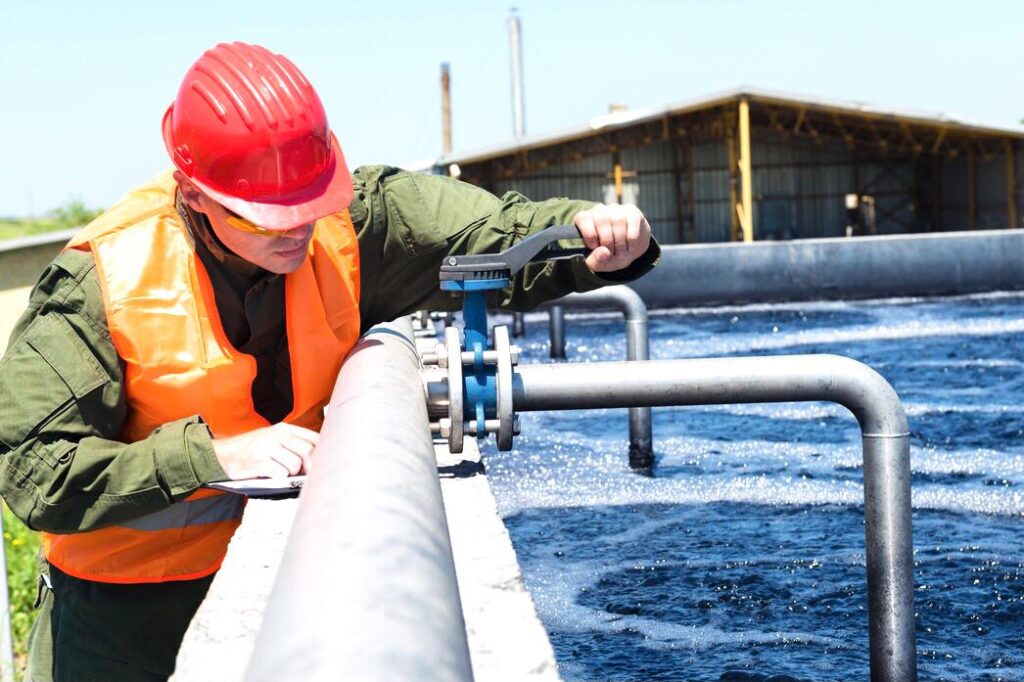
Space exploration contributed to the development of water purification systems through NASA’s need for efficient and reliable methods to recycle and purify water for astronauts in space. NASA’s research led to the creation of advanced water purification technologies, including membrane filtration, ultraviolet (UV) light disinfection, and ion exchange systems. These technologies have since been adapted for use in various Earth-based applications, such as municipal water treatment, remote community water systems, and portable water filters, providing clean drinking water for millions of people worldwide. Source: scoopwhoop.com
5. Freeze-Dried Food

Space exploration contributed to the development of freeze-dried foods through NASA’s efforts to create lightweight, nutritious, and long-lasting food for astronauts. In the 1960s, NASA partnered with food companies like Nestle, to develop freeze-drying technology, which removes water from food while preserving its nutritional value and flavor. This technology was initially used to prepare meals for astronauts but has since been widely adopted in the food industry for products such as instant coffee, camping meals, and emergency rations, offering convenience, long shelf life, and lightweight storage. Source: en.wikipedia.org
6. Insulin Pumps
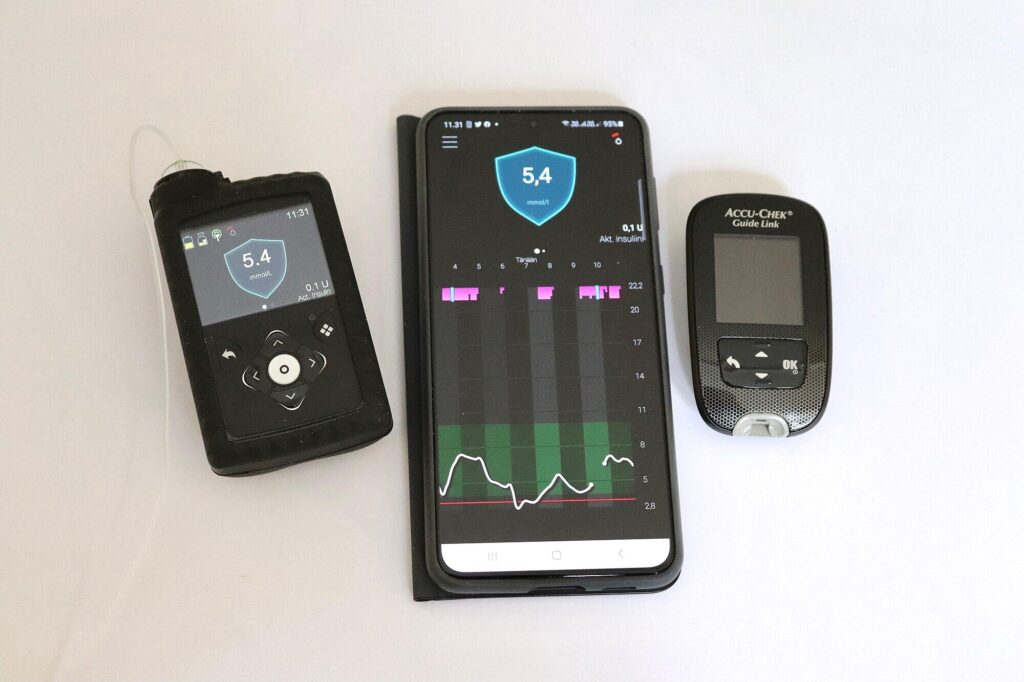
NASA’s work on monitoring astronauts’ health in space led to the development of systems that could monitor blood sugar levels and deliver insulin as needed. So, NASA’s Goddard Space Flight Center developed systems for monitoring astronauts’ vital signs, including blood sugar levels, which were later adapted to create insulin pumps. These pumps, which deliver insulin automatically, help people with diabetes manage their blood sugar levels were then adapted for use by people with insulin-dependent diabetes (Type 1).
7. Infrared Ear Thermometers
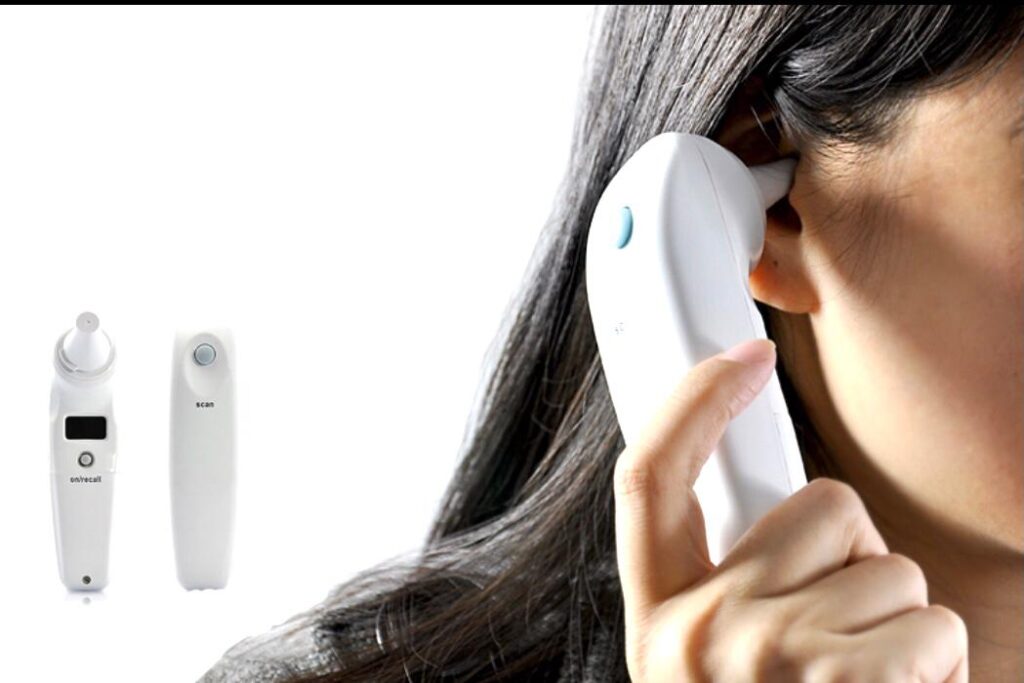
NASA’s Jet Propulsion Laboratory (JPL) significantly contributed to the development of the infrared ear thermometer. Diatek Corporation, San Diego, CA and the Jet Propulsion Lab developed the Diatek Model 7000 aural thermometer which weighs only eight ounces, and measures temperature in less than two seconds using infrared astronomy technology to measure the amount of infrared energy emitted by the eardrum The technology used in these thermometers, which measure infrared radiation emitted by the eardrum, was initially developed for missions like the Infrared Astronomical Satellite (IRAS) to measure the temperature of stars and planets.
8. Satellite Navigation (GPS
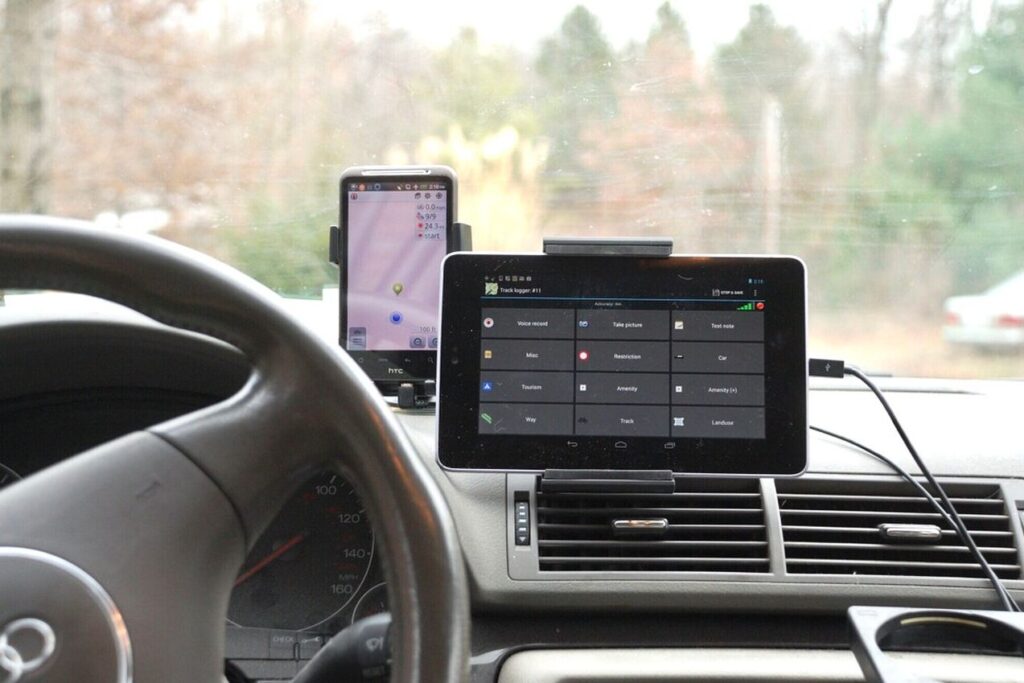
While the U.S. Department of Defense developed GPS, NASA’s advancements in satellite technology and space-based research have indeed enhanced the accuracy and reliability of GPS systems. NASA’s work includes the development of more precise satellites, improving signal accuracy, and enhancing the control and tracking of GPS satellites in orbit. Today, GPS is integral to navigation in cars, smartphones, and various applications.
9. Fire-Resistant Materials

The development of fire-resistant fabrics like Nomex, Aramid, or Kevlar for spacecraft, crucial for astronaut protection during re-entry, has indeed led to advancements in fire safety gear for firefighters and protective clothing in other industries. NASA’s focus on nonflammable materials in spacecraft has resulted in materials that are also used in firefighter turnout jackets and pants, as well as in military and other protective gear
10. Improved Home Insulation

Materials developed by NASA for insulating spacecraft against extreme temperatures have indeed been adapted for home insulation applications. This includes technologies like aerogels and radiant barrier insulation. These materials help maintain indoor temperatures, leading to energy savings and increased comfort.
If you enjoyed reading these space-inspired innovations? Check out our other stories and discover how space technology continues to shape our everyday experiences.


